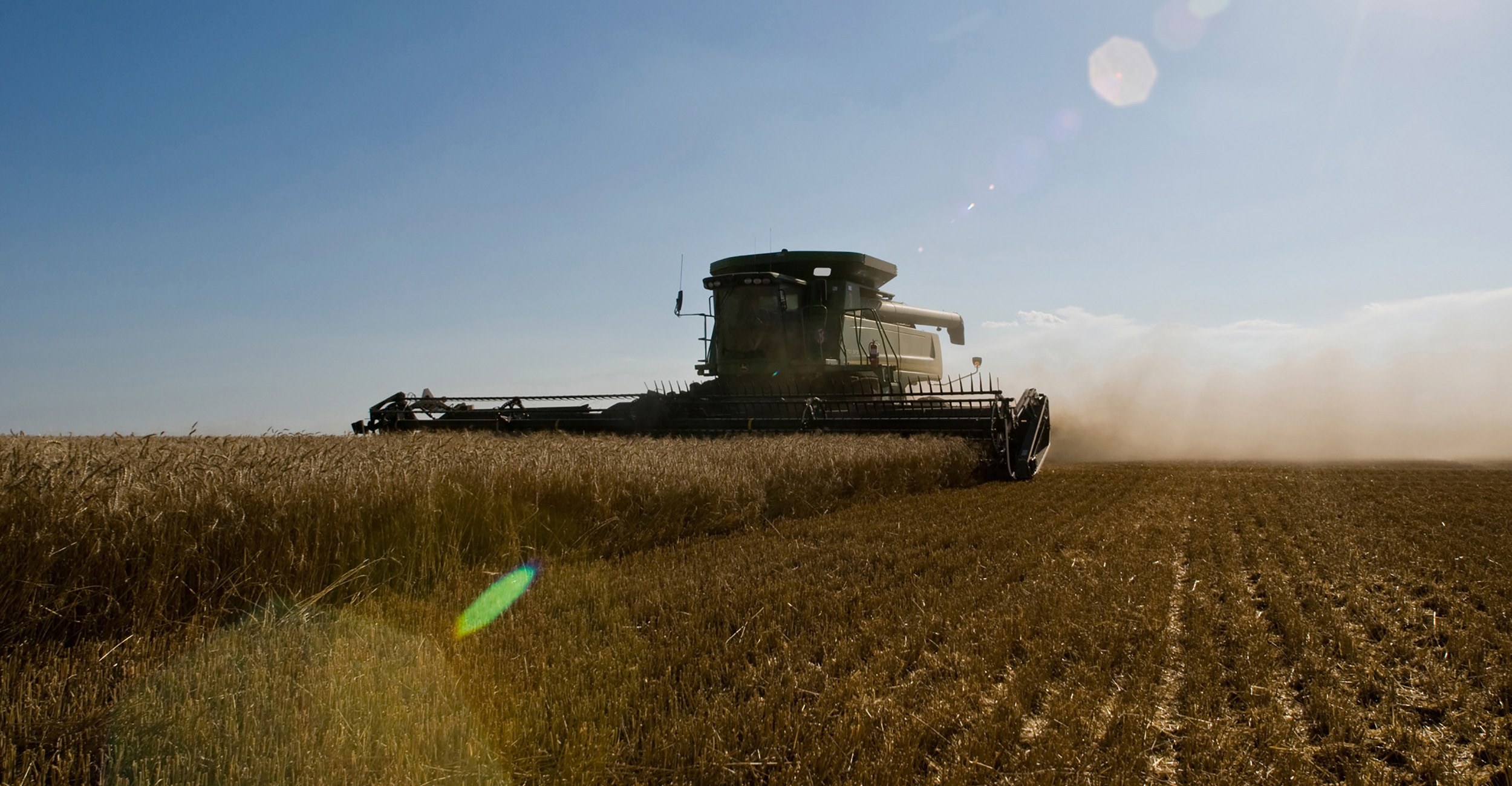
Foliar diseases seen in Oklahoma wheat as harvest nears
Monday, May 24, 2021
Media Contact: Donald Stotts | Agricultural Communications Services | 405-744-4079 | donald.stotts@okstate.edu
Oklahoma's cool, rainy spring is making its mark on some of the state's wheat crop.
Stripe rust infections in some Oklahoma wheat fields continue to activate, mostly triggered by recent rains, heavy dew and moderately cool weather conditions, Oklahoma State University experts said.
“Texas had more stripe rust develop than leaf rust this year, and that’s what has moved northward in terms of foliar diseases,” said Bob Hunger, OSU Extension wheat pathologist. “There’s been some powdery mildew, some leaf spotters, but stripe rust has been the most widespread.”
There have even been reports of stripe rust occurring in wheat heads in southwestern Oklahoma. As far as OSU experts have been able to determine, the grain is not infected; it is the plant tissue surrounding the grain.
“I have occasionally observed this in Oklahoma over the years,” Hunger said. “Typically, it’s a signal that stripe rust has been severe.”
Wheat leaf rust also is being seen more often than just a few weeks ago.
Wheat growers should consult with their OSU Extension county agricultural educator to determine the feasibility of possible management options to combat foliar diseases in their crop, said Amanda de Oliveira Silva, OSU Extension small grains specialist.
“It may even be feasible to spray one more time before harvest if the timing is right relative to plant development and other factors,” she said. “However, it’s going to be on a field-by-field basis. Your OSU Extension county agricultural educator can be a valuable resource, as can all the research-based materials available through the county office.”
Silva and Hunger did not observe severe rust problems during recent trips to Afton, Kildare and Lamont. Instead, barley yellow dwarf was seen at all locations and some indication of mite-transmitted viral diseases such as wheat streak mosaic and High Plains disease.
Farther west in the Oklahoma Panhandle, the lack of rainfall has been more of an issue than wheat diseases. Cimarron County had received fewer than 3 inches of rain for the year as of May 14.
“We’re essentially at 2012-2013 drought levels, and may even come in below that,” said Justin Wagner, Cimarron County Extension Office director and agricultural educator. “Lack of rainfall has probably pushed harvest back by at least a week.”
Silva, Hunger and other OSU wheat experts will be touring plots at Keyes, Goodwell, Hooker and Balko the week of May 27.
Hunger also recently discussed the effects of cool, wet weather on wheat disease on the agricultural television show SUNUP.
